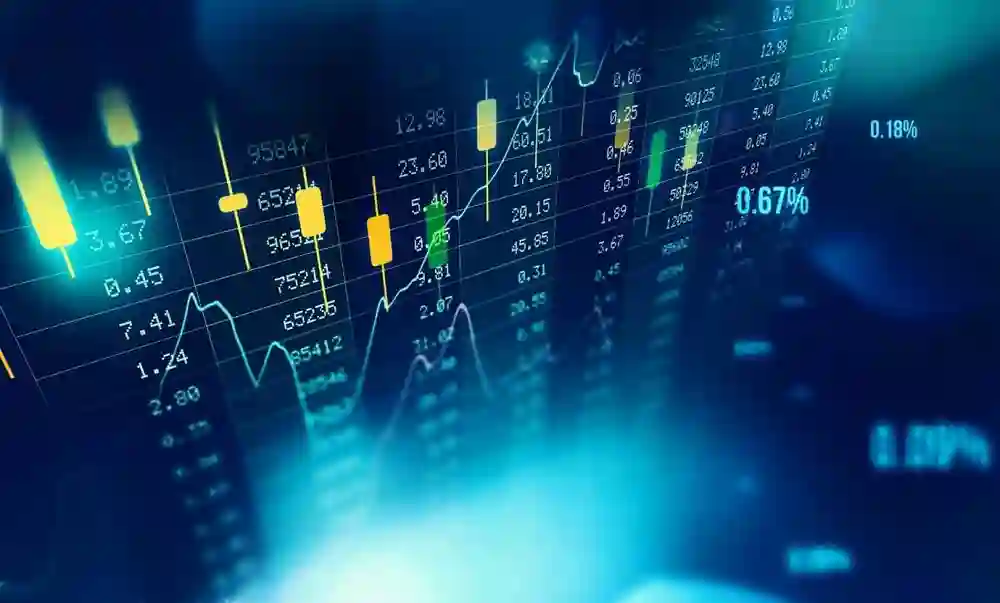The Role of Artificial Neural Networks in Forex Robot Prediction Models


Artificial Neural Networks (ANNs) have emerged as powerful tools in the realm of Forex (foreign exchange) trading, offering traders the ability to develop sophisticated prediction models capable of capturing complex patterns and relationships in market data. In the context of Forex robot trading, automated systems designed to execute trades based on predefined rules and algorithms, ANNs play a pivotal role in predicting price movements, identifying trading opportunities, and optimizing trading strategies. This article explores the role of artificial neural networks in Forex robot prediction models, delving into their architecture, training methodologies, and implications for enhancing trading performance in currency markets.
Artificial Neural Networks (ANNs) have revolutionized the field of machine learning, enabling computers to learn from data and make predictions or decisions without explicit programming. In the context of Forex trading, where market dynamics are influenced by a myriad of factors including economic indicators, geopolitical events, and market sentiment, ANNs offer traders a powerful tool for analyzing market data and making informed trading decisions.
In recent years, ANNs have gained popularity in Forex robot trading, where automated systems leverage machine learning algorithms to predict price movements and identify trading opportunities. By training ANNs on historical market data, Forex robots can learn to recognize patterns and relationships that may not be apparent to human traders, enabling them to execute trades with greater accuracy and efficiency.
Architecture of Artificial Neural Networks:
Artificial Neural Networks are composed of interconnected nodes, or neurons, organized into layers. The most common type of ANN architecture used in Forex trading is the feedforward neural network, where information flows in one direction, from input to output layers, without feedback loops. Feedforward neural networks typically consist of an input layer, one or more hidden layers, and an output layer.
Each neuron in an ANN is connected to neurons in adjacent layers by weighted connections, which determine the strength of the relationship between neurons. During the training process, ANNs adjust the weights of these connections based on input data and desired output, using algorithms such as backpropagation to minimize prediction errors and optimize model performance.
Training Methodologies for Artificial Neural Networks:
Training ANNs for Forex prediction involves feeding historical market data into the network and adjusting the weights of connections to minimize prediction errors. The training process typically consists of two main stages: forward propagation and backpropagation.
During forward propagation, input data is fed into the input layer of the ANN, and information is passed through the network layer by layer, with each neuron computing its output based on the weighted sum of inputs and an activation function. The output of the network is compared to the desired output, and prediction errors are calculated.
In backpropagation, prediction errors are propagated backward through the network, and the weights of connections are adjusted to minimize these errors using gradient descent optimization algorithms. By iteratively adjusting the weights of connections based on prediction errors, ANNs learn to make more accurate predictions over time.
Implications for Forex Robot Trading:
Artificial Neural Networks offer several key benefits for Forex robot trading, including the ability to capture complex patterns and relationships in market data, adapt to changing market conditions, and make informed trading decisions. By training ANNs on historical market data, Forex robots can learn to recognize patterns indicative of market trends, reversals, or other trading opportunities, enabling them to execute trades with greater accuracy and efficiency.
Moreover, ANNs can be integrated into Forex robot trading strategies to optimize risk management, portfolio allocation, and trade execution. By leveraging ANNs to predict price movements and identify trading opportunities, Forex robots can adjust position sizes, manage risk, and optimize trading strategies to maximize returns while minimizing drawdowns and losses.
However, it is essential to acknowledge the limitations and challenges of using ANNs in Forex robot trading. ANNs are prone to overfitting, where models perform well on training data but generalize poorly to unseen data. Traders must carefully validate and test ANN models using historical data and perform robustness tests to ensure the reliability and effectiveness of prediction models in live trading environments.
Conclusion:
Artificial Neural Networks play a crucial role in Forex robot prediction models, offering traders a powerful tool for analyzing market data, predicting price movements, and optimizing trading strategies. By training ANNs on historical market data, Forex robots can learn to recognize patterns and relationships that may not be apparent to human traders, enabling them to execute trades with greater accuracy and efficiency.
While challenges remain in implementing and validating ANN models for Forex robot trading, the potential benefits for enhancing trading performance and achieving consistent returns make them a valuable tool for traders seeking to gain a competitive edge in the global currency markets. As technology continues to advance and trading algorithms become increasingly sophisticated, the role of artificial neural networks in Forex robot trading is likely to expand, shaping the future of currency trading and algorithmic trading strategies.
Recent Posts
How Much The Pocket Option Minimum Deposit?
There are several ways to deposit and withdraw funds on Pocket Option. E-payments and cryptocurrency…
The Art of Patience: Navigating the Slow Drying Time of Oils
Oil painting is a beautiful and versatile medium that allows artists to create stunning works…
Bollywood Bliss in HD: A Vegamovies Journey into Indian Cinema
The world of cinema is a vast and diverse one, with each region contributing its…
Money is important, but how much do you need?
Money is important because it allows us to live a better life. It gives us…
How Same Day Loans Can Help You Navigate Financial Turbulence
Financial stability is a cornerstone of a secure and comfortable life. However, life often throws…
Window Regulator Replacement for Luxury Cars: Special Considerations
Luxury cars are renowned for their superior craftsmanship, advanced features, and exceptional comfort. However, even…


